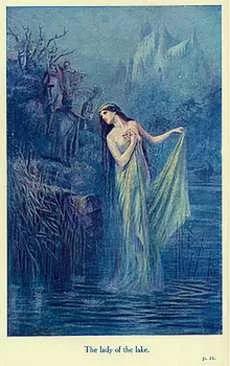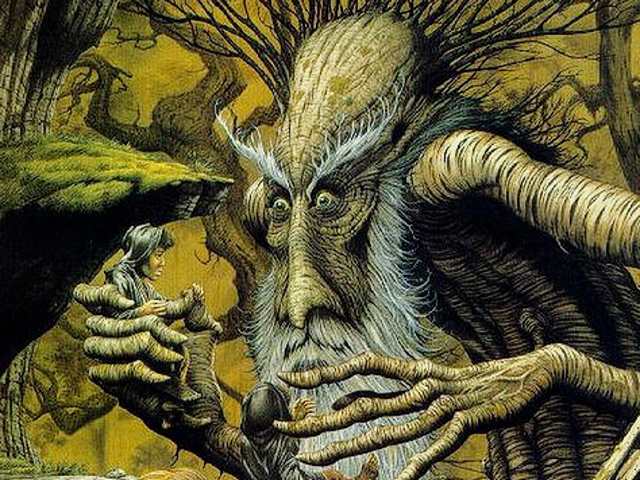Explore the forgotten traditions of Gŵyl Mabsant, the Welsh festivals that once filled the air with blindfolded wheelbarrow driving, bando, and old women’s grinning matches. Discover the vibrant history that faded into the mid-1800s and the cultural treasures Wales offers today.
Gŵyl Mabsant
In the heart of Wales, on February 9, communities once came alive with vibrant festivities known as Gŵyl Mabsant, celebrating the patron saint of each parish. These traditional Welsh festivals were a tapestry of unique activities that ranged from blindfolded wheelbarrow driving to bando, fives, hot pudding indulgence, and the intriguing spectacle of old women’s grinning matches.
Gŵyl Mabsant was a nod to the Catholic and Anglican churches’ tradition, assigning a patron saint to each parish. In Llandeilo, February 9 marked the commemoration of St. Teilo, inviting locals to engage in merriment and revelry.
One highlight of these festivities was bando, a team sport reminiscent of modern field hockey. Players wielded clubs, skillfully maneuvering balls towards their team’s goal, creating an exhilarating spectacle for onlookers. Meanwhile, fives, a game akin to handball, added another layer of competition and excitement to the celebrations.
The aroma of hot pudding filled the air, and old women’s grinning matches brought joy and laughter to the gatherings. However, the rowdiness and excesses of these festivals earned them a less-than-stellar reputation, leading to their decline in the mid-1800s.
Yet, wouldn’t it be splendid to witness the revival of old women’s grinning matches and experience the thrill of bando on a crisp Welsh day?
Wales, part of the United Kingdom, boasts a rich cultural tapestry. Known for its place names with seemingly missing vowels, it surprises visitors with stunning beaches rivaling tropical paradises and picturesque countryside adorned with 15th-century cottages. The land is dotted with old churches, abbeys, and castles, each narrating tales of a bygone era.

Wales breathes life into mythology and folklore, with Y Ddraig Goch, the red dragon, standing as a symbol that inspired legends. The Lady of the Lake’s enchanting stories add another layer to Wales’ cultural richness.
As we reflect on the forgotten vibrancy of Gŵyl Mabsant, let’s celebrate the enduring charm of Wales, a land where history and modernity gracefully intertwine, inviting all to discover its treasures anew.

